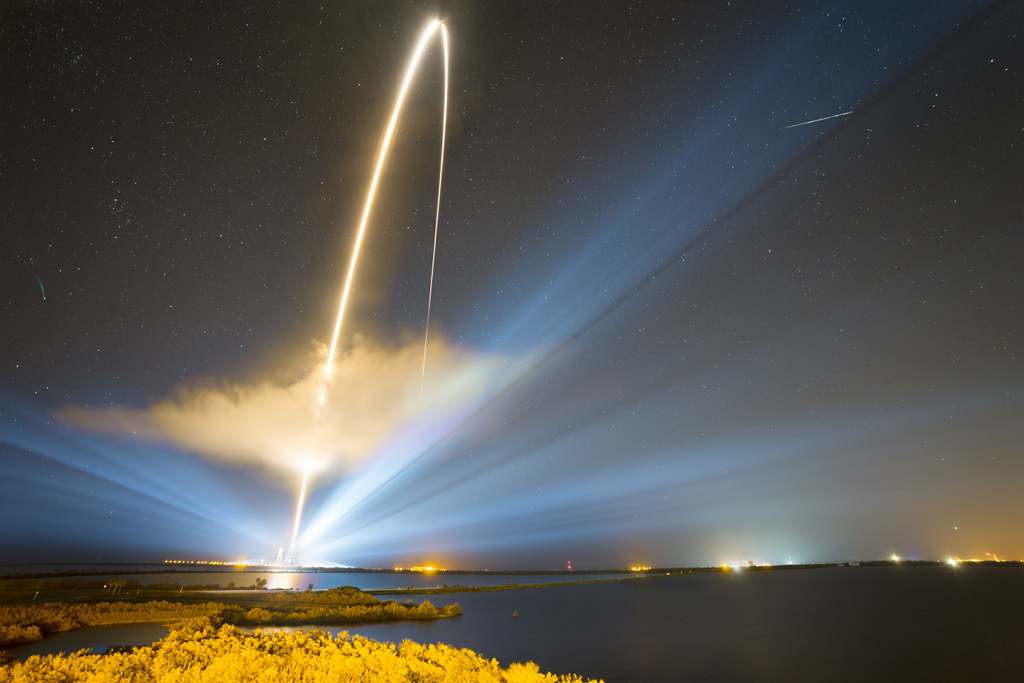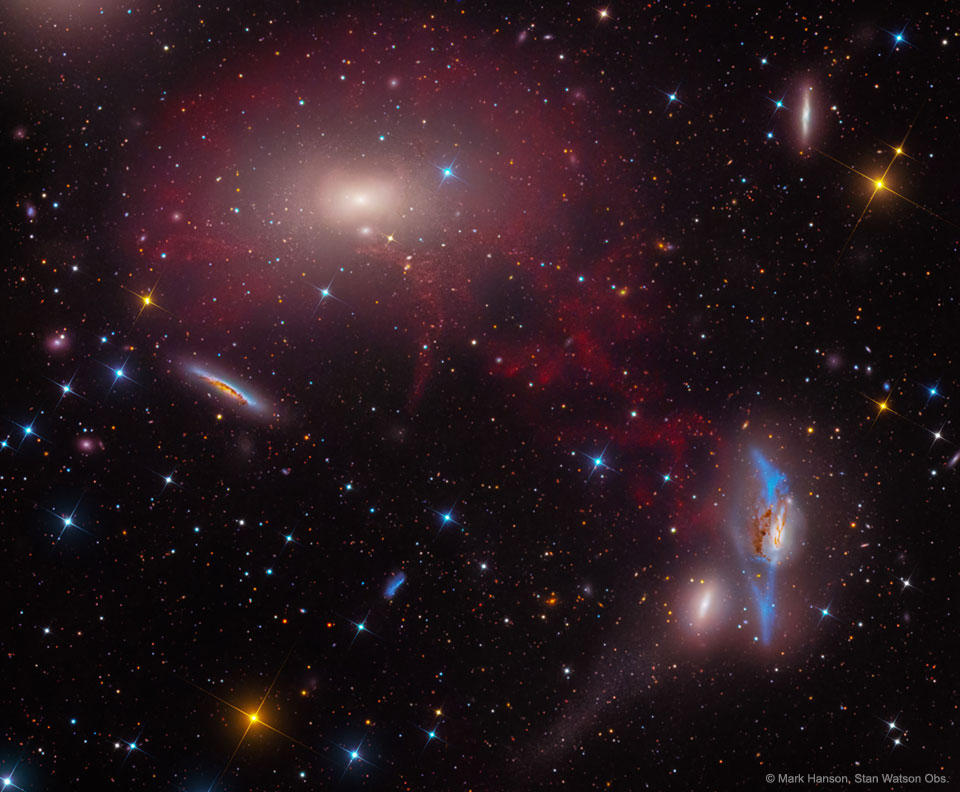
Perseid Fireball and Persistent Train






Le constructeur de Milwaukee a dévoilé sa feuille de route jusqu’en 2022. Un projet nommé « More road to Harley-Davidson » (davantage de routes pour H-D) qui présente de nouveaux modèles et vise à élargir les horizons de la marque.
Source : Harley-Davidson prépare l’offensive – Moto Magazine – leader de l’actualité de la moto et du motard



Pour le retour sur Montpellier après ces quelques jours en vadrouille, petite balade moto vers le lac de Pareloup, et petit resto avec quelques uns du SFK et Pierros.
Le retour après le resto (et surtout le repas pantagruélique, magret de 300g et glace énorme en dessert) fut long, mais bon. Par La Cavalerie, Le Caylar, St Maurice de Nacelles, etc. À part qu’après Madières la route était fermée et que la déviation renvoyait vers Avèze, Le Vigan par des petites routes, au demeurant très sympa à découvrir et notamment le château de Montdardier.

De retour vendredi en Aveyron, chez Sebco et Coco, pour une petite soirée celtique au Flo’stival de Florentin La Capelle.
Et l’occasion de revoir Pierros, le nordiste des Gambrinus, de retour de chez l’ami Joseph et qui fait étape à Espalion aussi pour quelques jours.
Au programme, quelques bières mais pas trop, on s’est déplacés en moto, aligot-saucisse, et trois groupes qui me ramènent presque 20 ans en arrière du temps du Celtic Tavern :
– Shelta, trio acoustique guitare, bombarde, accordéon diatonique
– le Bagad de Vannes
– Celkilt
Bonne petite soirée mais retour frisquet à 1h en moto.
Quelques photos :













Après les orages de cette nuit et de ce matin, petit tour à Thiers dans l’après midi.
Résultat je repars équipé


Quelques photos de Thiers




